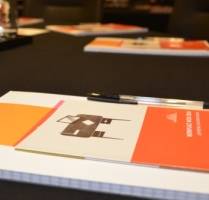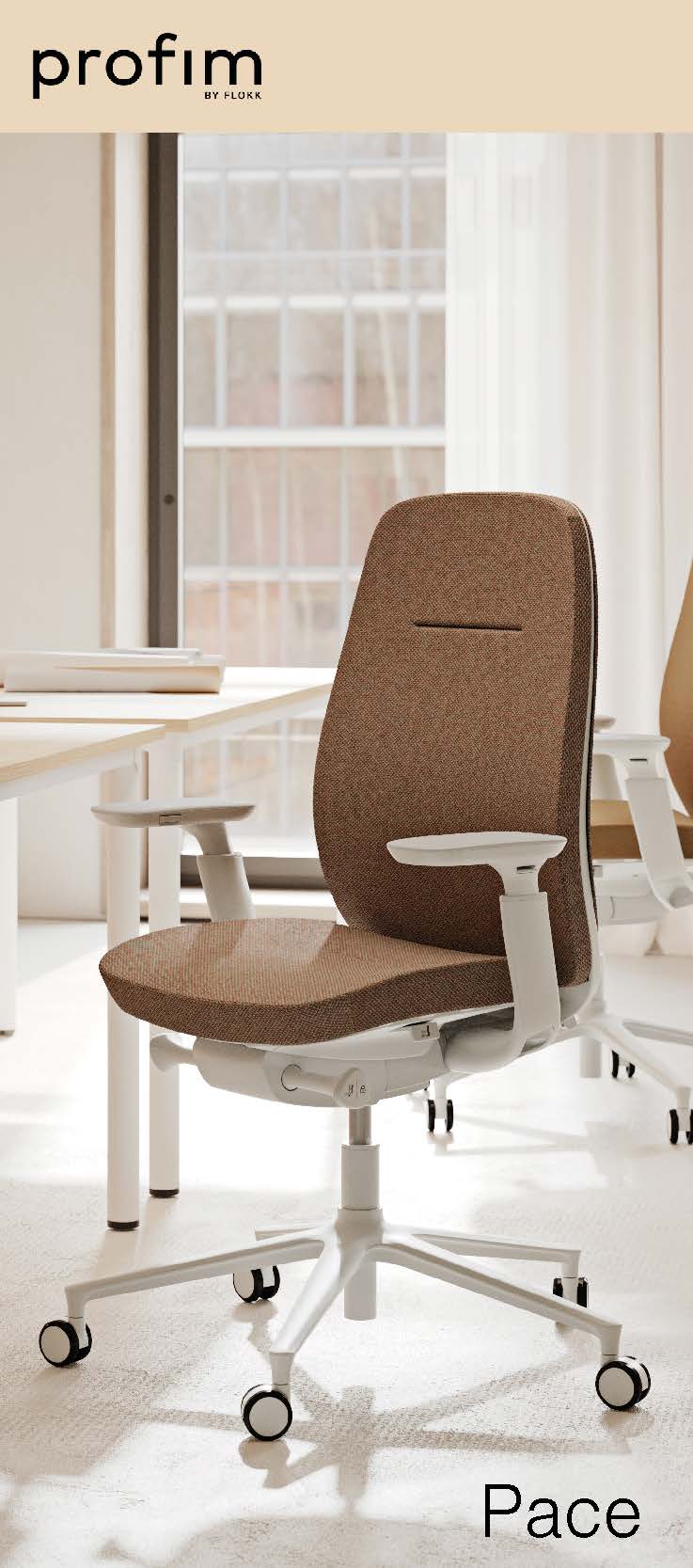November 23, 2014
Five ways BYOD policies are changing the role of IT in the workplace
 If you’ve ever considered adopting a Bring Your Own Device (BYOD) policy you probably know all about its potential benefits. It lets team members work on devices they’re comfortable with. It makes work more convenient. In some cases, it can lower your technology costs. None of these ideas are new, and indeed, much has already been said about how BYOD might impact the end user. But there’s another side of the BYOD story. The other, perhaps more dramatic way that a new policy can change the workplace is through your IT employees and infrastructure. Lots of times, companies tend to underestimate the big internal shifts that precede policy changes—but planning for these shifts is a major part of developing a cohesive strategy. If you’ve already made up your mind and are ready to adopt a BYOD policy, then you should also be ready to encounter some new and unexpected variables. What role will your IT be play under this policy? What kinds of cultural challenges should you begin to expect? How will you adjust? By preparing for new obstacles and expectations, you can create an effective, adaptive BYOD game plan. Here are some of the most important things you should prepare for as you move forward with your BYOD policy.
If you’ve ever considered adopting a Bring Your Own Device (BYOD) policy you probably know all about its potential benefits. It lets team members work on devices they’re comfortable with. It makes work more convenient. In some cases, it can lower your technology costs. None of these ideas are new, and indeed, much has already been said about how BYOD might impact the end user. But there’s another side of the BYOD story. The other, perhaps more dramatic way that a new policy can change the workplace is through your IT employees and infrastructure. Lots of times, companies tend to underestimate the big internal shifts that precede policy changes—but planning for these shifts is a major part of developing a cohesive strategy. If you’ve already made up your mind and are ready to adopt a BYOD policy, then you should also be ready to encounter some new and unexpected variables. What role will your IT be play under this policy? What kinds of cultural challenges should you begin to expect? How will you adjust? By preparing for new obstacles and expectations, you can create an effective, adaptive BYOD game plan. Here are some of the most important things you should prepare for as you move forward with your BYOD policy.

























December 4, 2014
Why doesn’t the HR dept have more of a role in workplace design?
by Steve Brewer • Comment, Facilities management, Workplace, Workplace design
(more…)